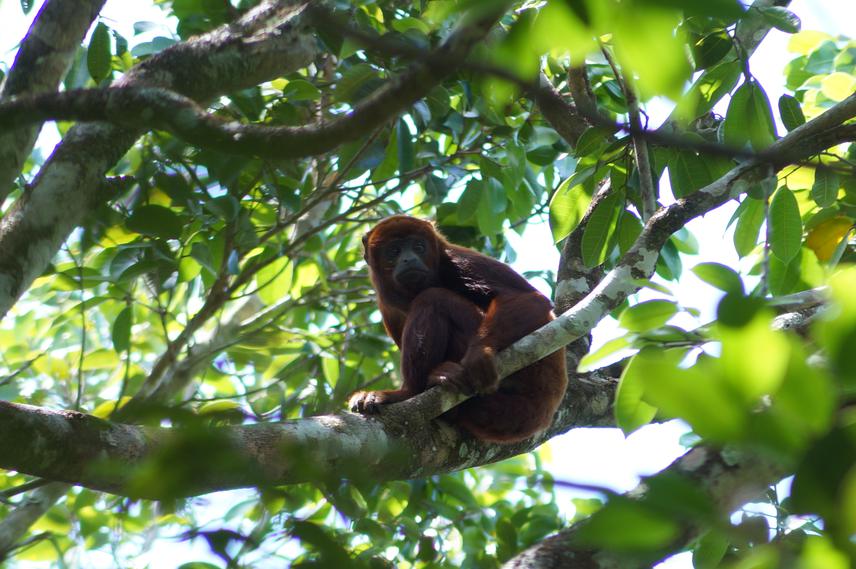Manuel Leonardo Fonseca Aldana
Other projects
8 Jan 2018
Arthropod Dietary Variation in Highland Woolly Monkeys: Identification Using Genetic Barcodes and High Throughput Sequencing
In mega biodiverse countries such as Colombia, the vast number of reports of illegal wildlife trade (IWT) of birds, reptiles, and mammals destined for the exotic pet market is a particular concern. Although many of the confiscated animals by the authorities are sent to zoos, and in best-case scenarios to rehabilitation centres, it is often impossible to know where these animals come from. If rehabilitation and reintroduction in the wild is considered an option, it often remains impossible to assess where they should be properly released.

A lonely juvenile red howler monkey (Alouatta seniculus) female in a fragmented forest in the Colombian llanos. © Manuel Fonseca.
Among mammals, primates are one of the most often illegally traded taxa. It is common to find infants being sold as pets after local communities hunt their mothers for subsistence meat. As a result, more than half of the 38 primate species in Colombia are currently threatened. Red howler monkeys occur throughout Colombia, Peru, Ecuador and Brazil. Although this primate is still considered Vulnerable (VU, IUCN) in Colombia for its wide distribution, undoubtedly populations are declining fast as an effect of IWT, forest destruction and habitat loss. On the other hand, cotton-top tamarins are endemic to Colombia and can be found in the northwest regions of the country. Despite conservation efforts, this primate species is considered critically endangered (CR, IUCN) because of the destruction of their wild habitat and the impact of the illegal and uncontrolled pet trade market.
One of the first steps in conservation practices for monkeys from the Americas is assessing the genetic connectivity among populations. Using next-generation sequencing (NGS) techniques, it is possible to identify individuals genetically via large numbers of single nucleotide polymorphisms (SNPs), which can help to evaluate loss of genetic diversity, detect hybridization events and assign individuals to their geographic area of origin. Doing so will provide key insights into their actual local conservation status and priority needs in terms of management and conservation decisions. Further, conservation genetic analyses of red howler monkeys and cotton-top tamarins can also help reintroduction programs currently lacking the knowledge where prospective individuals should be returned to their wild habitats.
Thus, the main objective of this study is to map the genetic structure of red howler monkey and cotton-top tamarin populations in Colombia, specifically to:
1) Determine the functional genetic connectivity among populations
2) Assign illegally traded individuals to their geographic area of origin.
Header: A family group of red howler monkeys (Alouatta seniculus), howling during the early hours of the morning. ©Manuel Fonseca.